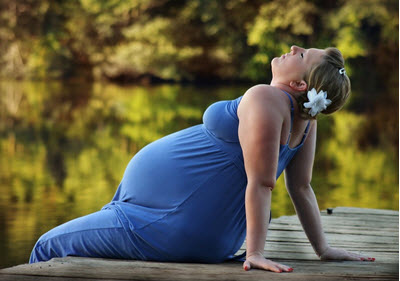Contents
Childbirth is not just the delivery, but also what happens before and after. When speaking childbirth, we can divide it into 3 stages:
At this stage contractions will start gradually opening up your cervix, which is the bottom of your uterus/womb. This stage includes early labor signs and the initiation of active labor.
This stage is the actual delivery. At the end of this stage you will hopefully have your little baby in your arms.
After delivering your baby you will still have to deliver the placenta, which constitutes the third stage.
We will now delve a little deeper into what each stage brings and what causes it.
 First stage
First stage
When the first stage is initiated your cervix will start to dilate, to make room for the baby to be born. Your muscles will start to tighten and release, gradually pulling your cervix up into your womb. This process can be very discreet and it might feel like nothing is changing at the beginning. Early labor can be a slow process, and the contractions might even stop all together for a bit.
As you are entering the active labor phase your contraction will usually start being longer, more frequent and with more pain intense. This intensified labor contraction is the sign of the transition phase. At the end of this phase you should be fully dilated and your cervix should have opened to just about 10 centimeters.
Second stage
That leads us to the delivery. In the course of this stage your baby will make its way to your birth canal, and you will have to start pushing to get it out. At first you will start to feel a pressure building up in you pelvis. Your body will start telling you when to push, so it is time to listen. Sometimes in the midst of it all you might forget to breathe properly, at this point it is very important that you take a little time between each push dedicated to taking slow deep breaths. This will both power your pushes and help you manage the pain.
Third stage
This stage begins right after your baby is born, and ends with you delivering the placenta and all its water filled membranes. This second birth also comes with its own contractions, but they should be significantly weaker. Your placenta will slowly start to detach itself from the uteral wall and move down into your birth canal. No pushing is necessary for the placenta to come out.
It sometime is so that the third stage needs a little help to start. Some uses drugs for this, but there are natural ways to help initiating birthing your placenta. Skin-to-skin contact with your baby, standing upright and breastfeeding all help stimulate contractions which can help starting the placenta birth.
Weather you did the managed or natural third stage, it is always recommend to wait a bit before clamping and cutting the umbilical cord, which still delivers useful hormones to your newborn.
